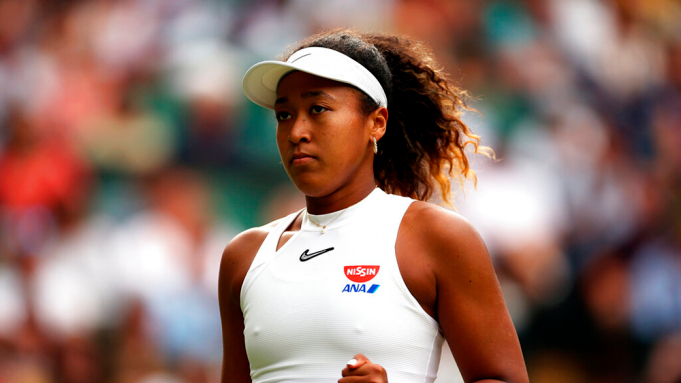Sports and the media who follow it have always been hand in hand with each other. The New York Herald was the first newspaper to publish consistent sports coverage. In 1921, the first radio broadcast of a baseball game occurred from KDKA radio station in Pittsburgh. The 1936 Summer Olympics in Berlin became the world’s first live televised sporting event. Humans have always been invested in the stories and careers of the world’s best athletes. Both have gone hand in hand and each couldn’t survive without the other. Like everything else, with time comes changes to how we view the world around us and interact with it. Once seen as a revolutionary form of communication, the sports media industry is now at a crossroads. This past weekend we saw the sports athletes vs media debate take center stage.
23-year-old tennis superstar Naomi Osaka declined to address the media following her victory this past Sunday. It wasn’t surprising as she released a statement earlier last week saying she wouldn’t partake in media conferences. In her statement, Osaka cited her mental health as the major factor in her decision. Previous press conferences, as Osaka had stated, left her with high levels of stress and anxiety. The four leaders of the Grand Slam tournaments released a statement outlining the rules and code of conduct required of a tennis professional. In addition, Osaka was fined $15,000 with the potential of being expelled from the French Open. In a move that shocked the world and will greatly impact all future sports, Naomi Osaka announced she will leave the French Open tournament to focus on her mental health.
With such a career-defining move, time will tell how this impacts Naomi Osaka’s future down the line. For the here and now, Osaka may have inspired a new movement. Far too long have athletes been subjected to the control of their respective programs. Some of the biggest athletes in the world have had their names smeared and discarded in the media. The Naomi Osaka situation continues to show a rapidly rising trend among high-profile athletes choosing to redefine the terms of their careers. As many already know, tragedy and negativity sell in today’s society. That’s just the way it is. Listen, I understand why Naomi Osaka left the way she did. As the number 2 ranked tennis player in the world, she owes no other explanation more than what she posted to her Instagram. As with everything, there are always two sides to every story.
Whether athletes are willing to admit it or not, the media plays a big part in your career. It’s because of the media, we tend to care about the matchups on some of the biggest sports stages in the world. In good hands, media can be a bridge between connecting an athlete and their fans. Media has a reach not many athletes alone can achieve. Maybe somewhere in a far-off country, newspapers are still the most prominent source of news coming through. Yes, I know that was a huge stretch. Bare with me, please? Playing a sport at a professional level comes with certain duties. Interacting with the press is one of them.
When Naomi Osaka decides to return, she has a chance to change the landscape for future athletes. Implementing new guidelines could prove to be useful. Video chats saw a major increase during a pandemic year. In the Orlando bubble last year, the NBA allowed players to chat with media in zoom meetings. With the virtual atmosphere in play, it allows for both parties to relax. What drove Naomi Osaka to this brink should have never happened. Sports organizations need to better train and assess their players during tense situations. In recent years, mental health has become more of an awareness in our society. Coupled with the past year, we are inching towards a cultural shift in humankind that interlocks across all continents. To be better, we must be willing to dig deep and expose the worst parts of ourselves. Only then can we hope to ascend further and blur the enemy lines of media and sports athletes.



